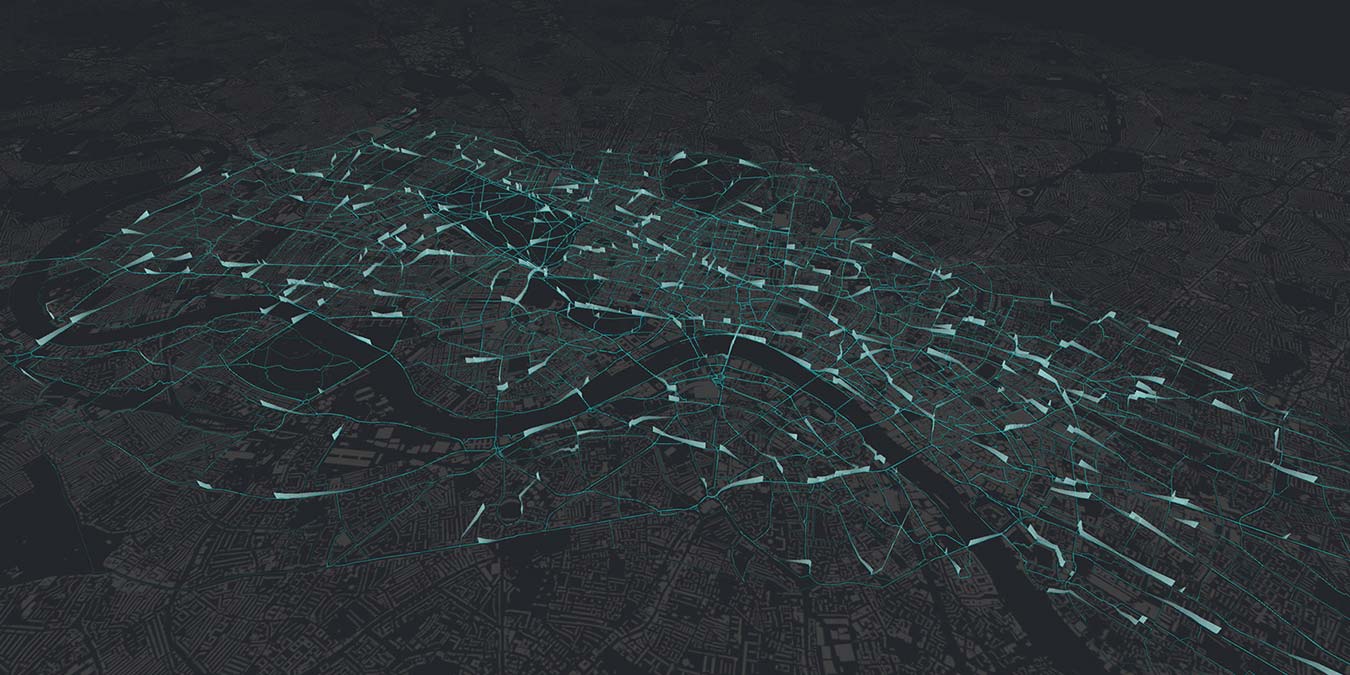
What you picture when you hear the term “micromobility” probably depends quite a bit on where you live and how you get around. If you’re in an Asian city, you’ll encounter a lot of shared bikes, while in North America you’re more likely to see e-scooters – both of which you can locate anywhere and rent with your smartphone.
Most urban residents feel positive towards micromobility, but cities have had safety and parking issues, and scooters have especially come to be seen as a menace in some places. It’s no longer easy to dismiss this new transportation trend as a fad, though. Sure, the companies are struggling to turn a profit and the cities are still trying to figure out regulations, but there’s been a gap in the “last mile” from public transportation stops to final destinations for a long time, and the bikes and scooters are filling it too effectively to ignore.
What is “micromobility” exactly?
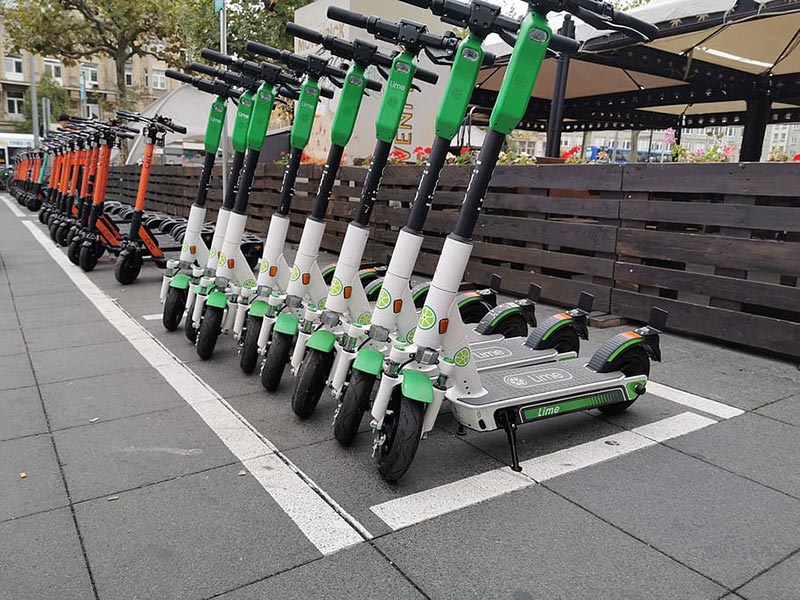
In case you’ve never used one of these systems before, here’s how it works:
- Download a smartphone app, create an account, and add a payment method.
- Use the app to locate a nearby bike or scooter equipped with GPS and a data connection.
- Scan the QR code or use another method to unlock the vehicle for which you’ll pay a base fee.
- Start riding the bike/scooter to wherever you need to go. It will charge you by the minute until you end the ride.
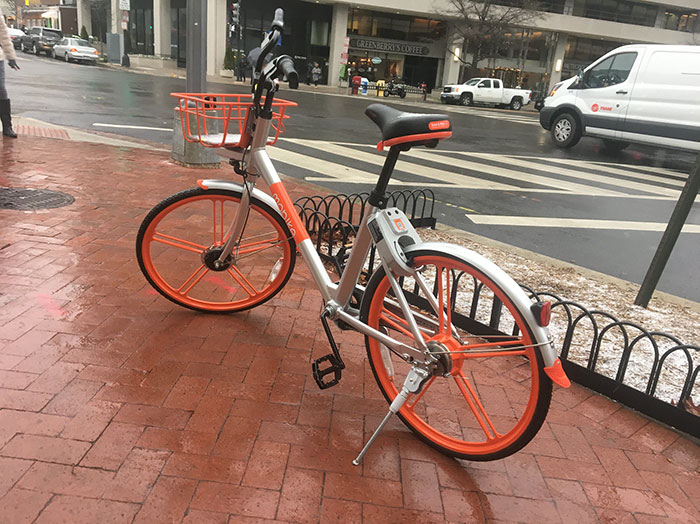
That’s pretty much it! You can leave your vehicle anywhere (though you may get a discount if you leave it in a designated spot). If the bike or scooter is electric, it’ll be regularly collected, charged, and put back on the streets by chargers who use a different app to earn money by maintaining the fleet.
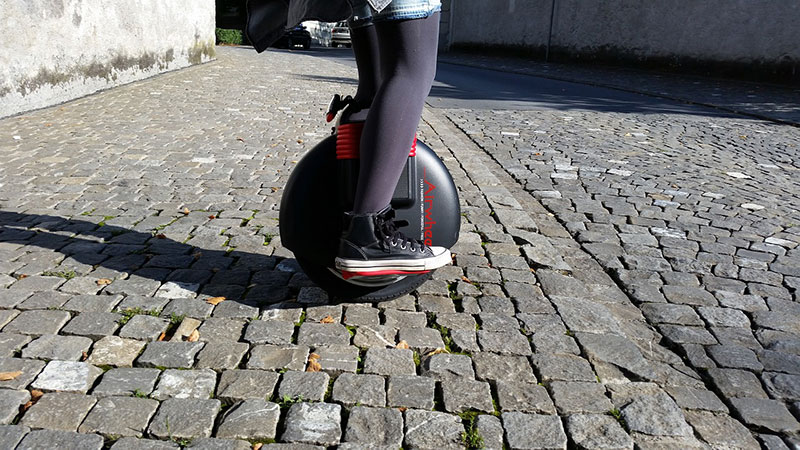
Technically, electric skateboards and unicycles also count as micromobility, but they don’t make great rent-and-ride options, as they’re harder to control and easier to steal. E-scooters can hit around 20 kilometers an hour and some e-bikes can do 40 km/h, and they’re much easier to control even on rougher terrain, so they’ll probably be the dominant micromobility options for the foreseeable future.
For and against micromobility
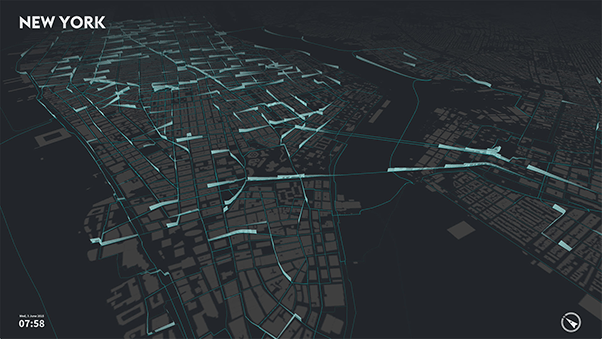
The world is steadily becoming more urbanized, and that means more people trying to get around in a smaller space. Personal motor vehicles are a very inefficient way to move people around cities – they cause gridlock and pollution and impose a measurable productivity cost. (Residents of Moscow, the world’s most congested city, lose about nine days a year to traffic.) That means we need more people to take public transportation, but expanding those networks can be a long, expensive process.
That’s the argument for micromobility: space-efficient, clean vehicles that can help people get to public transit points or take short journeys without using cars. After all, about half the car trips in the most congested US metro areas are under three miles (about eight kilometers), which could easily be covered by a scooter or bike instead.
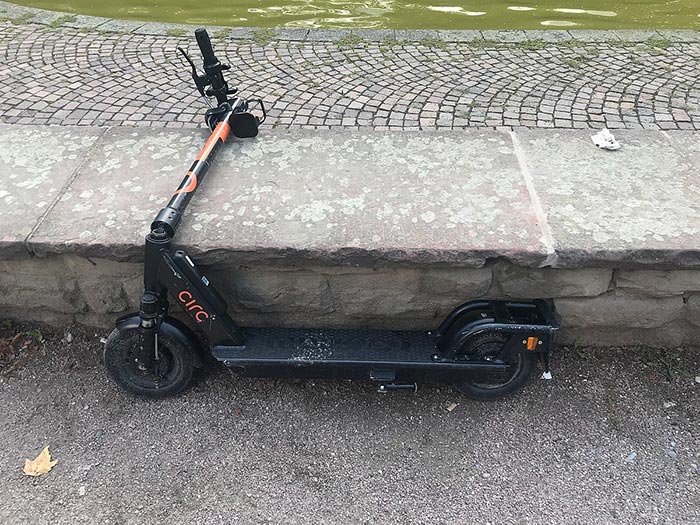
The two main arguments against micromobility are its safety and the mess it generates. Some people don’t drive their vehicles safely or park them well, and this can make things like scooters a general nuisance. Some cities and towns have, therefore, banned scooter and bike-sharing apps altogether.
Working micromobility into cities
Even cities that believe they’re benefiting from micromobility are passing regulations to ban things like driving on sidewalks or blocking entrances. Some are even working with the companies to implement things like speed limits and geo-restrictions, and in the long run, this trend will probably drive more cities to build better infrastructure (e.g., more bike lanes) to accommodate the new traffic.
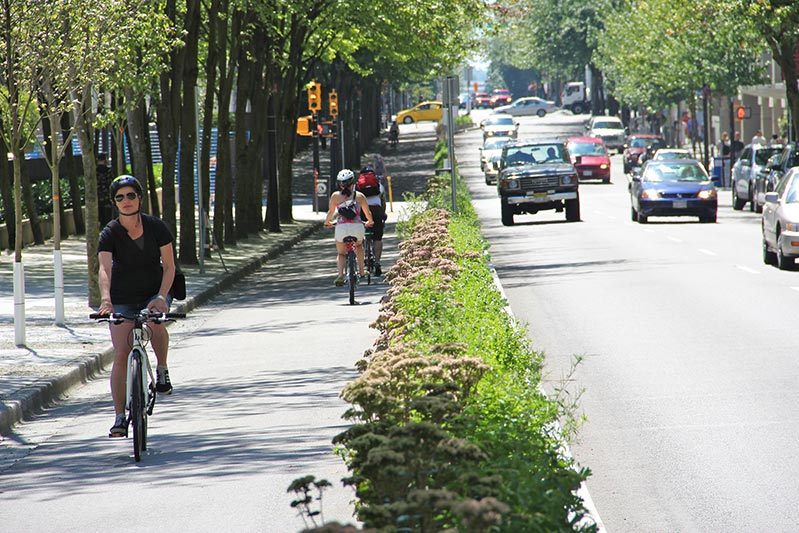
It’s definitely cheaper than adding subway or bus lines, and micromobility solves problems that mass transit simply can’t. If it turns out to be an unprofitable private venture, it’s likely that the cities themselves will start subsidizing these programs, as many do with docked bike-shares. Many of the apps also share their data with the cities they run in, which gives the cities extra insight into how people are moving around and where more mobility options might be needed.
The future of micromobility
Micromobility isn’t for every city, though. Scooters and bikes aren’t attractive options in harsh, cold climates, are rendered pretty much useless by rain or snow, and can run into a lot of traffic problems in car-centric areas. Plus, the vehicles break down, wear out, and get stolen fairly often, so whether or not you can turn a profit depends on how well and cheaply you can fix or replace the unlucky vehicle.

Challenges notwithstanding, though, investors are throwing money at startups like there’s no tomorrow, and even bigger existing companies like Ford, GM, Lyft, and Uber are getting into the game. Everyone has a smartphone, and as 5G networks continue to proliferate, it’ll become even easier to manage these fleets of vehicles and coordinate them with their surroundings. Regardless of profitability, a lot of cities desperately need car alternatives, and this may be the the best we currently have.
Image credits: CF City Flows, Lime Scooters, Mobike Dockless Bike-Sharing Service, Frankfurt e-Scooter, Hornby Separated Bike Lane, Bike-sharing graveyard
Get the best of IoT Tech Trends delivered right to your inbox!







